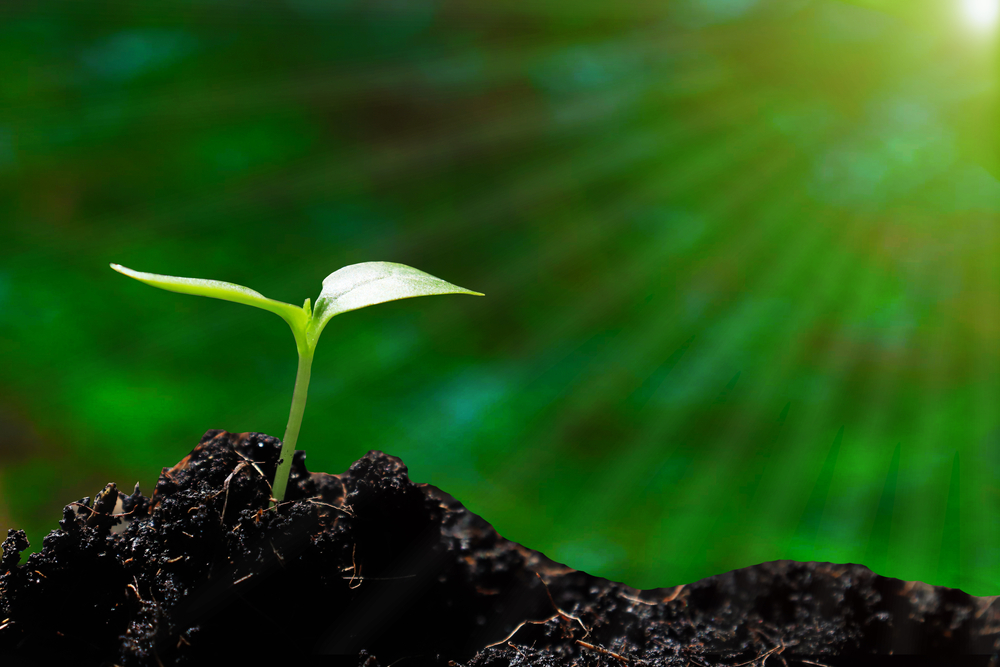Human Composting
What is Human Composting?
One of the more recent eco-friendly burial options to be developed, human composting is a process that enables our bodies to be gently returned to the Earth in a way that embraces the natural cycle of life and decomposition, minimizing our environmental impact.
Human composting may also be called natural organic reduction, terramation, recomposition, or soil transformation, but regardless of the name, the process remains fundamentally the same.
In this article, we’ll look at the science of human composting, answer common questions, compare the cost to more traditional forms of burial, and explore the environmental advantages. We’ll also look at how widely available it is.
Understanding human composting
There are three key aspects to the process of terramation.
- Temperature. The first step is to place the deceased in a vessel or container, together with organic matter such as wood chips and straw. This container is then subjected to a controlled environment where temperatures range between 130 to 160 degrees Fahrenheit (approximately 55 go 70 degrees Celsius). These temperatures are optimal for the growth of beneficial microbes responsible for decomposition.
- Microbial activity. Over several weeks, microorganisms break down the body’s organic matter, transforming it into nutrient-rich soil. This natural decomposition process is similar to what occurs in a traditional compost pile but on a larger and carefully managed scale.
- Transformation. As the process unfolds, the body undergoes a remarkable transformation. It decomposes into its basic elements, leaving behind nutrient-rich soil, known as compost. This compost is teeming with life, filled with essential nutrients, and ready to nourish new plant growth.

The role of organic matter
Wood chips or sawdust, straw, and alfalfa are added to the vessel along with the deceased to aid in maintaining the proper carbon-to-nitrogen ratio necessary for efficient decomposition.
What happens to bones and teeth in human composting?
The natural organic reduction process does not fully break down the bones and teeth, due to their mineral composition. The bones are broken down further after the soil is removed, and the reduced bone material is then added back to the compost to help balance out the nutrients available for future plant growth. Any non-organic implants are screened for, removed, and recycled wherever possible.
How much soil does human composting produce?
Each process produces approximately 1 cubic yard of soil (0.75 cubic metres). Family members or loved ones can choose how much of the soil they wish to keep, with the rest being used by conservation organizations for land and habitat restoration.
How long does terramation take?
The process takes between 5 and 7 weeks to complete, although the duration can vary depending on factors such as temperature, and the size and condition of the body.
The environmental benefits
Human composting offers several advantages for the environment.
- Lower carbon footprint. The process requires significantly less energy than traditional cremation, which involves reaching temperatures of over 1,800 degrees Fahrenheit (1,000 degrees Celsius), and less energy even than water cremation (also known as aquamation).
- Water efficient. Terramation uses 90 percent less water than water cremation.
- No embalming chemicals. Human composting eliminates the need for embalming fluids, which contain toxic chemicals like formaldehyde. This removes any chance of soil or groundwater contamination.
- Preservation of land. Traditional burials require vast tracts of land for cemeteries. In contrast, human composting is carried out on a smaller, eco-friendly footprint. The process of human composting also results in the creation of nutrient-rich soil, quite literally helping to regenerate and support the land.
In addition, the process of human composting and the use of the resulting soil creates a profound connection to nature and a lasting legacy of environmental stewardship. It is a truly meaningful contribution to the cycle of life and death.

How much does human composting cost?
The cost of terramation varies slightly among the current providers; however, it’s roughly the same as the cost of cremation and therefore less expensive than a traditional burial.
Which religions allow human composting?
This is a relatively new funeral option and, as such, it is advised that anyone wanting to choose human composting for their end-of-life journey speak with their religious leaders for guidance.
Where is human composting legal?
Human composting is gradually gaining legal recognition. It was first made legal in Washington state in the United States, and several other states, including California, New York, Vermont, Colorado, Oregon and Nevada, have followed suit since. Bills to legalize it are in progress in a number of other states. Elsewhere in the world, it is currently legal in Sweden, and support is growing for it to be legalized in many other countries.
Leading companies in human composting
Several companies specialize in providing human composting services. Here are three of the main ones.
- Recompose. Founder Katrina Spade was at the forefront of developing the human composting process over years of rigorous research and design. Her innovative approach meant that Recompose was instrumental in seeing the practise legalized in Washington, and was one of the first companies to offer human composting services in the United States.
- Return Home. This California-based company is another player in this emerging field. They are also the only facility that allows family members to visit the deceased throughout the terramation process.
- Earth. This company has its facility in King County, Washington, but also offers its soil transformation service in Arizona, California, Idaho, New Mexico, Oregon and Utah.
Conclusion
Human composting, or natural organic reduction, invites us to view death as a continuation of the cycle of life. It is a choice that enables us to give back to the Earth that has nurtured us throughout our lives.
As the world becomes increasingly aware of the environmental impact of traditional burial methods, human composting is emerging as a compassionate, sustainable, and forward-thinking alternative. It honors our loved ones and our planet simultaneously, offering a profound sense of fulfillment in our final act of giving.
